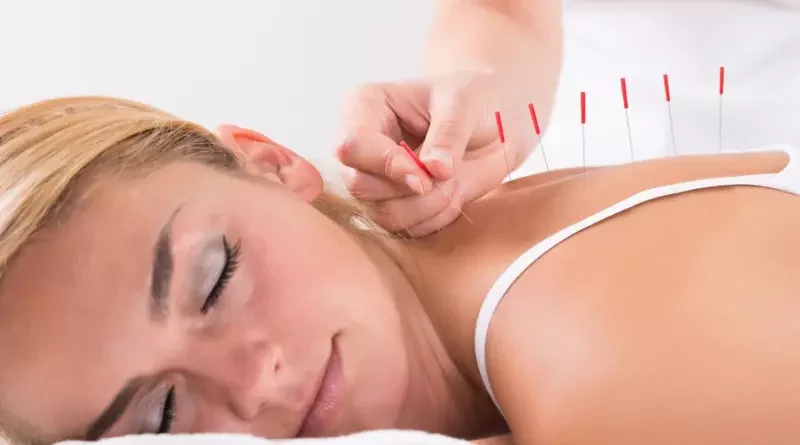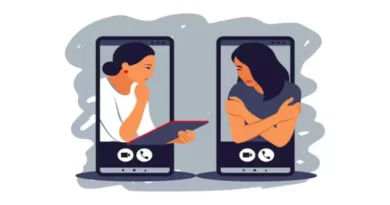What are the Two Kinds of Acupuncture That can Relieve Pain in Cancer?
Acupuncture & conventional Chinese medicine (TCM) have been used in China for over 3,000 years. Acupuncture is being used to cure a variety of diseases in different parts of the world.”Acupuncture” is identified as “the function of spikes, warm, solidity, as well as additional therapies to certain dots on the skin, characterized acupuncture spots (or acupoints) to deliver alterations to the physical processes of the body,” according to research. A huge volume of knowledge on acupuncture has been found, and additional knowledge is being found every day. Acupuncture and Traditional Chinese Medicine (TCM) could be used to address and control a variety of chronic health issues and ailments. Acupuncture is now being evaluated as an extra pain control choice for cancer patients during chemotherapy or operation, as well as for frequent adverse effects following treatment for cancer. As shown in research, two major kinds of acupuncture were more effective than physiotherapy, steroids, and pain drugs in relieving persistent muscle and joint pain in cancer. Acupuncture is the sterile and single-use placement of hair-thin needles into specific body locations. Study shows that acupuncture stimulates the nervous system to manufacture natural painkillers and immune system cells, which then travel to injured areas of the body and relieve pain. You can have these acupunctures in Ashford Acupuncture.
What Is The Main Mechanism Of Acupuncture?
According to scientific evidence, acupuncture modifies the nervous network by stimulating particular spots across the physique. Needling, or the insertion of very small needles into these spots, releases neurotransmitters such as endorphins as well as serotonin, which alleviate pain and promote emotions of well-being. Acupuncture is a treatment that includes inserting firm, sterile, thin stainless steel needles into specific locations on the physique. Stimulating the needles can be done in a variety of ways. Physical stimulation, electric stimulation, and the administration of heat are the three main methods utilised in acupuncture to activate the needles.
Types of Acupuncture
- Acupuncture needles
- Auricular, or Ear Acupuncture
Electro-Acupuncture & Auricular Acupuncture Were The Subjects Of Your Research. What Is The Distinction?
Electroacupuncture stimulates spots on the physique with very fine, thin needles — about the thickness of a hair — as well as a very low-frequency electrical flow. It’s not like other types of acupuncture that do not use electricity. Electro-acupuncture is indeed very adaptable to every client’s condition, and the needles are removed at the end of each treatment. Auricular (ear) acupuncture stimulates up to 10 points in a participant’s ear using little studs that resemble tiny earrings. The needles remain in the person’s ear for three to four days, and the locations should be the same for everyone. Electro-acupuncture requires months or years to master, whereas auricular acupuncture can be learned in a single day. It’s a lot simpler to put into practice, making it easily available to individuals. A regional or rural hospital, for instance, could begin by giving ear acupuncture before expanding its acupuncture programme.
What Was The Purpose Of Your Research?
Electro-acupuncture has been shown to treat those with chronic pain. People wanted to see if ear acupuncture worked just as well. They divided the respondents into 3 groups at random: People who got electro-acupuncture, ear acupuncture, and standard therapy, which included pain medicine such as opioids as well as over-the-counter pharmaceuticals. For 10 weeks, acupuncture was performed once a week. To evaluate if the therapies were effective, they monitored every group for 12 weeks. They followed up with them 12 weeks afterwards to see how the impacts of their medication had persisted.
What did they Discover?
Both electro-acupuncture, as well as ear acupuncture, were found to considerably decrease chronic pain in adults when contrasted to standard treatment with or without medicine; nevertheless, ear acupuncture was not as efficient as electro acupuncture. Electro-acupuncture decreased pain intensity by 1.9 points as well as ear acupuncture by 1.6 degrees on a scale from 0 to 10 when contrasted to conventional therapy. A one-point decrease in discomfort is medically significant; therefore this is a significant decrease. Acupuncture’s pain alleviation lasts for months, unlike pain medicines, which should be done regularly. Electro-acupuncture might also be more tolerable. Electro-acupuncture patients withdrew out of therapy at a rate of less than 1% due to adverse symptoms, the most frequent of which was bruising. Ear acupuncture therapy was discontinued by 11% of patients, primarily due to ear pain.
Both Acupuncture Groups Experienced Mild to Moderate Adverse Effects
Bruising was perhaps the most prevalent side effect recorded by electro-acupuncture patients, accounting for around 10% of all cases. Due to side effects, one of the 145 patients quit using the medication. Ear pain was by far the most known side effect amongst persons who received ear acupuncture, with roughly 10% of participants reporting it. Because of adverse effects, fifteen of the 143 patients discontinued using the medication.
Final Words
Acupuncture is an excellent way to alleviate cancer pain and also has numerous other benefits.



